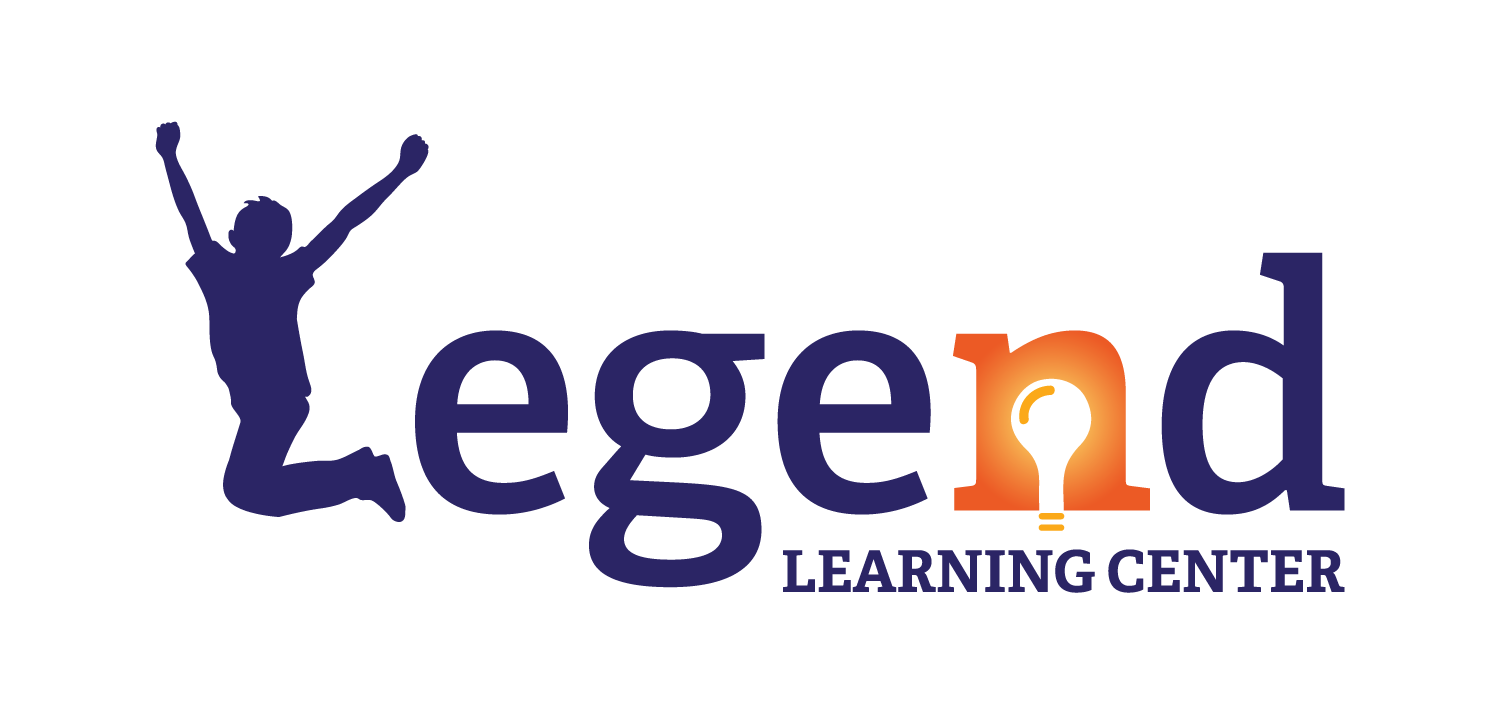Navigating middle school can be challenging for any student, but for those with disabilities or medical conditions, the academic environment can present additional hurdles. A 504 Plan is a powerful tool available in public schools to ensure that students with disabilities receive the necessary accommodations to succeed. But what exactly is a 504 Plan? Who qualifies, and are there potential downsides, like stigma, for your child? Let’s explore.
What is a 504 Plan?
A 504 Plan, named after Section 504 of the Rehabilitation Act of 1973, is a legal document that outlines accommodations and modifications for students with disabilities. The goal is to ensure that students have access to the same educational opportunities as their peers.
While Individualized Education Programs (IEPs) focus on specialized instruction, a 504 Plan provides accommodations in the general education setting. These accommodations can include things like:
- Extra time on tests or assignments
- Preferential seating in the classroom
- Access to assistive technology
- Modifications to the classroom environment or teaching methods
Who Qualifies for a 504 Plan?
A 504 Plan is designed for students who have a physical or mental impairment that substantially limits one or more major life activities, including learning. This could include:
- Learning disabilities such as ADHD or dyslexia
- Chronic health conditions like diabetes, asthma, or epilepsy
- Temporary disabilities from accidents or injuries
- Mental health conditions like anxiety or depression
Unlike an IEP, which is specific to students with more significant learning disabilities, a 504 Plan is intended for students who can succeed in a regular classroom with the proper accommodations.
The Benefits of a 504 Plan
A 504 Plan ensures that your child receives the support they need to thrive in middle school without fundamentally altering the curriculum. Here are some of the key benefits:
1. Equal Access to Education
With a 504 Plan in place, your child will receive the tools and accommodations necessary to keep up with their peers. Whether it’s extra time on exams or seating arrangements, these adjustments allow your child to participate fully in the classroom experience.
2. Improved Academic Performance
Accommodations like additional time, reduced distractions, or modified assignments give students the chance to showcase their abilities without being held back by their disability. This results in more accurate assessments of your child’s academic strengths.
Example:
According to the U.S. Department of Education, students with 504 Plans often show marked improvements in test scores and classroom participation when their specific needs are met.
3. Emotional and Social Support
Middle school can be an overwhelming time, especially for students with disabilities. Having a plan in place helps reduce anxiety and stress by ensuring that the learning environment is supportive and tailored to their needs.
4. Legal Protection
A 504 Plan is backed by federal law, which means your child’s rights are protected. Schools are legally required to follow the accommodations outlined in the plan, ensuring that your child gets the support they are entitled to.
Will a 504 Plan Stigmatize My Child?
One common concern for parents is whether having a 504 Plan will stigmatize their child or single them out in the classroom. It’s important to know that 504 Plans are confidential, and most accommodations are implemented in a way that doesn’t draw attention. Teachers are trained to provide these accommodations discreetly, ensuring that your child isn’t treated differently from their peers.
Key Points to Consider:
- Confidentiality: Only those directly involved in your child’s education (teachers, school administrators) will know about the 504 Plan. This information is not shared with other students or teachers who aren’t responsible for your child.
- Invisible Support: Many accommodations, like extra time on assignments or the use of assistive technology, can be provided without your child standing out. These supports are designed to help your child succeed in ways that feel natural and comfortable.
- Building Self-Advocacy: In fact, a 504 Plan can empower your child by teaching them to advocate for their own needs. As they become more comfortable with the support they receive, they will learn to request help when needed, an essential skill for both academic and personal growth.
How to Get a 504 Plan for Your Child
If you believe your child may benefit from a 504 Plan, start by contacting your school’s 504 Coordinator or an administrator. The process typically involves:
- Evaluation: Your child will be evaluated by a team of educators and possibly medical professionals to determine if they qualify.
- Plan Development: If your child is eligible, the school will work with you to develop a 504 Plan that outlines the specific accommodations your child needs.
- Implementation and Review: The plan will be put into action, and teachers will provide the necessary accommodations. Plans are typically reviewed annually to ensure they continue to meet your child’s needs.
Conclusion: Support Without Stigma
A 504 Plan is a valuable resource that ensures your child receives the accommodations they need to succeed in middle school. Far from stigmatizing them, a 504 Plan can empower your child to perform to the best of their abilities without being held back by a disability. With the right support, middle school can be a time of growth, learning, and success.
For more information or to consult with our experts, contact us at consult@legendlearning.com.
